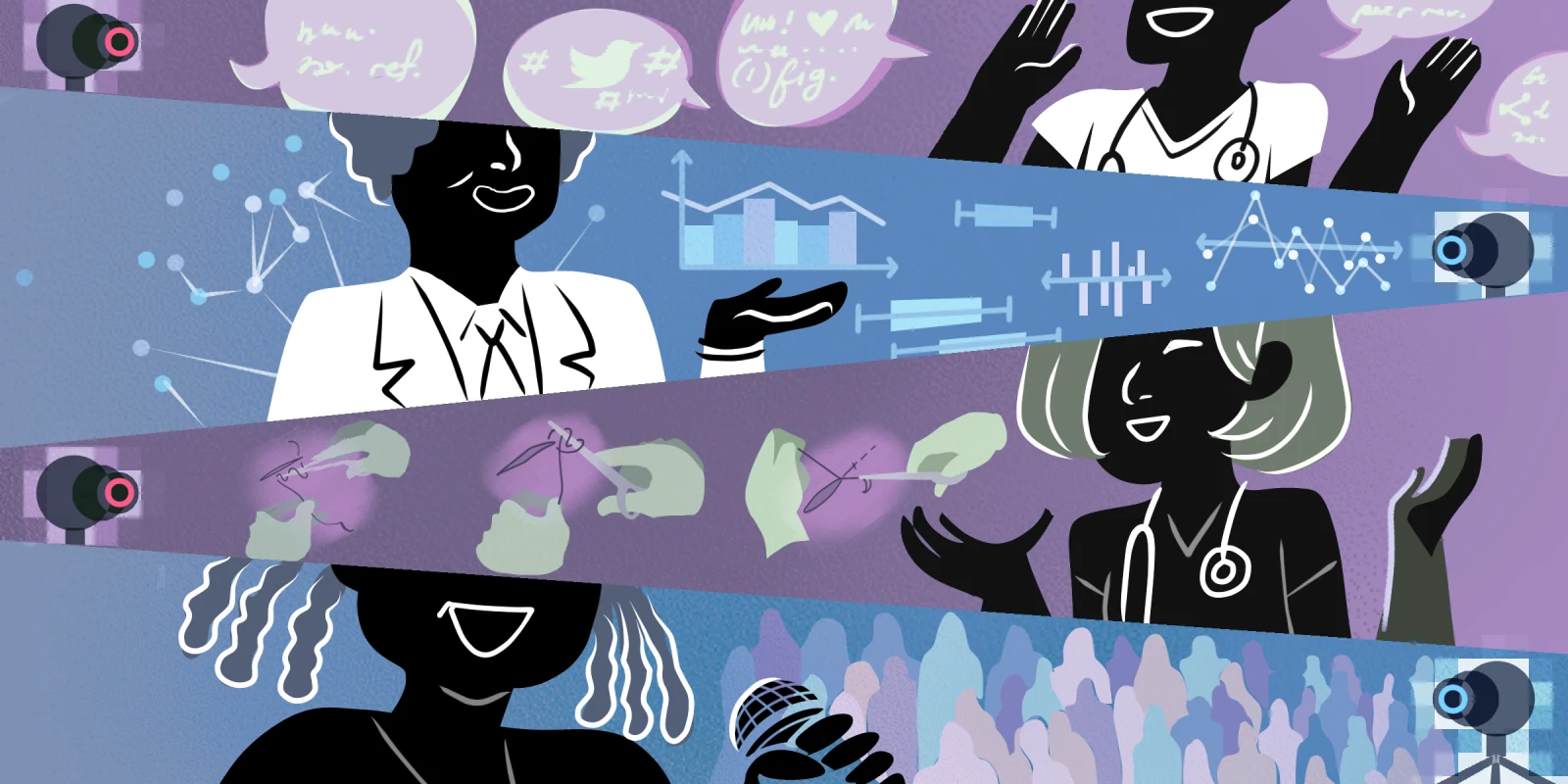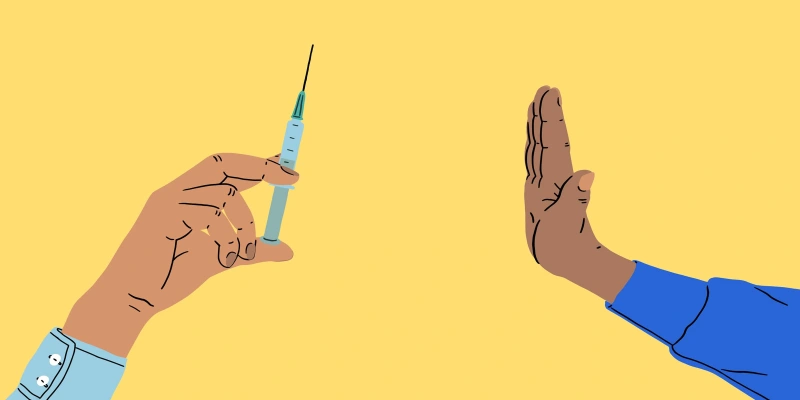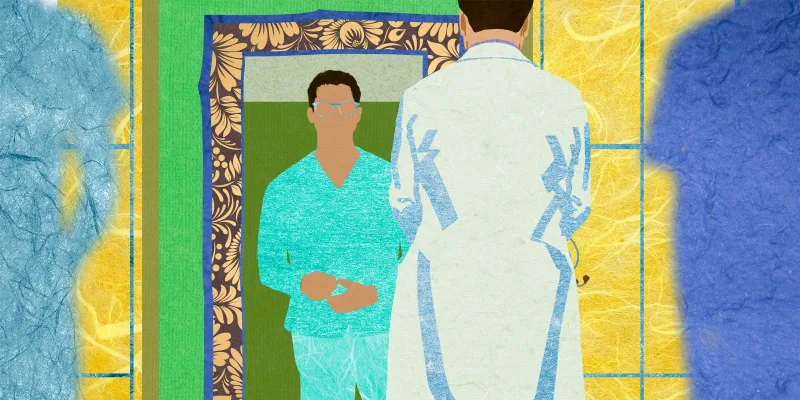The COVID-19 pandemic brought about many changes, with virtual conferencing being one of them. The Sleep 2021 meeting of the Associated Professional Sleep Societies (APSS) was recently held in virtual livestream format from June 10 to June 13, 2021. After a full day of post-graduate courses on the first day, the main meeting kicked off with an outstanding, engaging plenary session the evening of the 10th. Awards were presented, followed by an exceptional keynote address by Dr. Eus Van Someren on brain mechanisms of insomnia.
On the following days, the conference was organized into two main tracks: a Clinical Sleep Science and Practice track, and a Basic and Translational Sleep and Circadian Science track. In addition, sessions designed specifically for sleep technologists were clearly labeled as part of the technologist track. More than 3,300 attendees logged in to the event live, with more than 400 registrants attending from countries outside the U.S., as far away as Uruguay, Thailand, and Australia.
I am a very social person, and I prefer to attend meetings in person for that reason. Even before the start of the conference, I was already feeling “Zoom-ed” out after all the forced virtual work during the pandemic. So I was hesitant to attend four days of virtual-only sessions and concerned about being distracted or disengaged. I also thought I would miss the social aspect that I love dearly about the conference.
It was a pleasure to find a seamless virtual format that was truly engaging. All of the sessions, even the “live” ones, were pre-recorded and any technical glitches had been corrected ahead of time. Interestingly, these recordings did not detract from the interactive feel of the conference. Each session included a chat feature that allowed attendees to ask questions while the didactic video was playing; then, at the end of each pre-recorded session, the speakers came on live, in real-time, to answer the questions that were sent in via the chat box. Finally, at the end of the conference (oftentimes by the end of the same day), a recorded copy of each live-streamed session was available to view on-demand, including the question and answer portions. Any questions not answered by the speakers in real time were answered in the recording’s chat box. I truly appreciated the recorded sessions being available on-demand afterward as they allowed me to attend all of the sessions I wanted, regardless of when they occurred, from the comfort of my home…in my PJs. And the fact that these are available until November 30 means I have the opportunity to attend every session at the conference for the first time!
Actually, the virtual format overcame many limitations of traditional in-person meetings that I had never even considered as drawbacks. For example, in the traditional in-person meetings, I sometimes found it hard to choose between two interesting sessions that were scheduled at the same time, and I was always disappointed about not being able to attend the one I didn’t choose. Also, traditional conferences occasionally have some sessions that are so popular that they reach maximum capacity or become standing room only. With me being vertically challenged, I’d usually miss out on these popular sessions anyway. I also like to visit the poster halls and exhibit halls at conferences. However, posters can sometimes be difficult to find in traditional conferences, being displayed only at certain times on certain days, and poster halls are oftentimes packed and loud. E-posters were a great alternative, allowing me to review posters in detail, even enlarged to 200%, while an audio recording by the presenter guided me through the salient points. However, I did miss walking through a traditional exhibit hall and being able to try different gadgets, gizmos, and masks, eat warm cookies, or get a massage.
The organizers clearly put a lot of thought into promoting social engagement throughout the conference. I really enjoyed being able to chat and comment with other attendees during the talks — some really good information was shared this way. And I was also able to chat privately with friends through text messages via cell phone during the sessions, so it felt as if we were attending together. While it wasn’t exactly having dinner together after a full day, we were still able to connect meaningfully. In addition to the live chats during didactic sessions, there were formal networking rooms, message boards to engage with other attendees, votes for a People’s Choice award; and there was even a live jazz band! The Sleep Medicine Disruptors: Change Agents videos were also enjoyable and sure to bring laughs.
All in all, Sleep 2021 was “virtually” perfect. Does this herald a new dawn for conferencing? Will a hybrid model emerge when in-person conferences resume, incorporating both “virtual” and “live” formats? Or will the lessons we’ve learned from virtual conferencing go by the wayside? The pandemic changed our world, and today it is hard to believe that we will ever again return to the traditional conferences of the past. But can we find the perfect balance between the comfort of virtual conferencing, its ability to “not miss anything,” and the community feel of in-person attendance, enjoying shared experiences with friends and colleagues? Personally, I look forward to this new day!
Dr. Shamim-Uzzaman was paid by the American Academy of Sleep Medicine for invited presentations in 2020.
Illustration by April Brust







